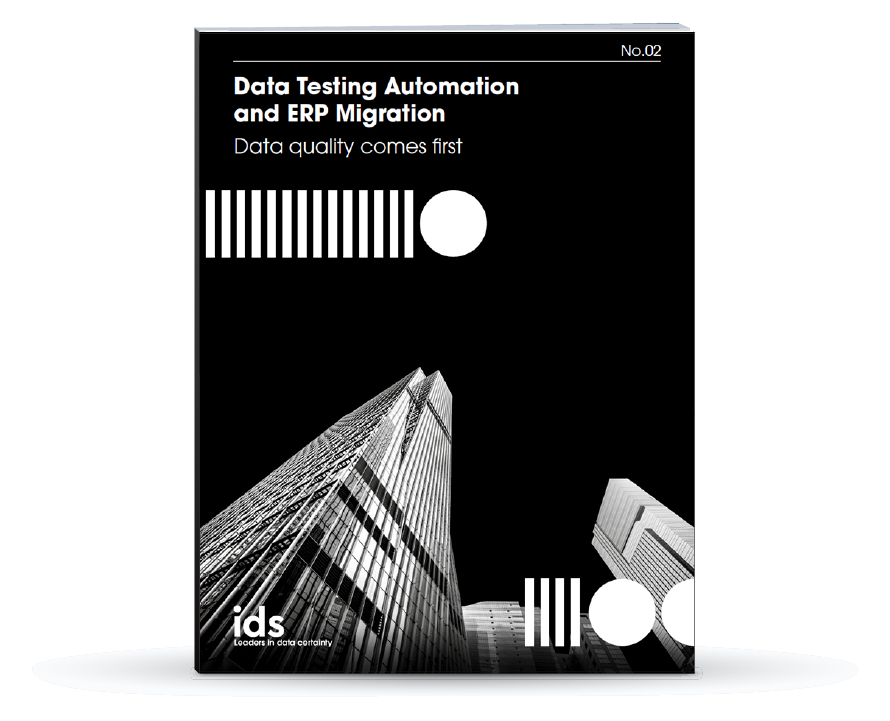The Key Challenges with Data Migrations

Businesses today are looking to manage deeper sets of data than ever before. From a variety of sources and touch points, there are endless flows of data to provide businesses with insights and analytics to enable strategic planning.
However, for many organizations, getting any value from that data has historically been difficult. Data is frequently housed in multiple data lakes and disparate siloed on-premise and cloud databases, making it nearly impossible to employ Artificial Intelligence (AI) or Machine Learning (ML) solutions for real-time analytics and actionable insights for strategic decision making.
In those instances, and in many other examples, it makes sense to migrate databases from one platform to another.
Organizations choose to migrate data for several reasons including trying to reduce costs by moving to cloud-based databases, seeking specific database features and functionality, or their existing systems are simply outdated and unable to keep up with the demands of the business.
Database migration are not always as straightforward or simple as it may seem, or we would perhaps like them to be!
We thought we’d share some of the top challenges we have experienced, as you and your business prepare for your data migration.
Devise a Migration Strategy
Database migration is a strategic process fraught with risk, and coming up with a plan for safely, securely, and efficiently migrating databases is imperative for a successful migration. For many teams, the primary obstacle to developing a database migration strategy is deciding whether to pursue a “big bang” migration, in which the migration is completed in one step, or to leverage a more methodical, incremental approach called a “trickle” or “parallel run” migration.
The migration strategy you select may be influenced by a variety of factors including budget timeline/time constraints, available resources for execution of the plan. Financial and time implications add another layer of complexity to the planning and strategy process and should be factored in to avoid over-running.
Data Cleansing and Coding
Moving entire databases often seems like a simple process, but the data in those databases might be in different formats and come from several different sources. Since the data comes from different places, it needs to be cleansed, normalized, and/or transformed in a way that allows you to analyse it together with data from other sources. iData rapidly improves your data quality as your data migration plan is implemented.
Securing data and systems
Moving data from one platform to another can be time-consuming and costly, it also has the potential for increased risk without the right protocols and plans in place. In any migration, there’s always the risk of high-value intellectual property that may be leaked, lost, or otherwise accessed by unauthorized users (either inadvertently or with malicious intent). Each instance could mean significant damage to your business’s reputation and even potential litigation for non-compliance along with punitive fines.
Identifying disparate databases
Every business accumulates data, regardless of industry, and if your company has been around a good few years, there’s a high chance your data is housed in a multitude of databases created by different departments or teams (some still with you, some may have parted ways with you)!. One of the biggest challenges in migrating databases is making sure to locate the various databases in your environment and deciding how you’ll effectively normalize data and convert schemas.
Our Essential Steps for a Successful Data Migration
Managing your data migration effectively with iData gives you many benefits:
- Streamlines your database, prepares and enhances your data to remove all waste so it is ready for use or moving.
- Standardises your data, and ensures that Telephone numbers, Postcodes/Zip Codes, addresses etc are consistent and standardised.
- Exceeds customer expectations by De-duplicating your data. Remove all duplicate records, preventing wasted time, expense and frustration when contacting the same customer on multiple occasions with the same message.
- Validates any data which is moving from a legacy database to a new target database. Assuring that you move data which has been transformed correctly and in line with business rules
- Compares data between two data sources, to identify any differences.
- Monitors live data continuously, highlights any issues of new and existing data instantaneously. Constantly be in control of the quality of your live data.
- Moves, migrates and transforms your streamlined database, through an Export Transform & Load/Export Load Transform, into a finely tuned destination and empower your team to move forward confidently with the data they have access to.
Empower your data quality with iData, book a demo to see its benefits for you.

Performing Automated Testing to Halve Migration & Transformation Time
Partnered with an award-winning ERP migration consultancy, IDS accelerated the time to migrate and transform a healthcare company's data by using the iData toolkit.


